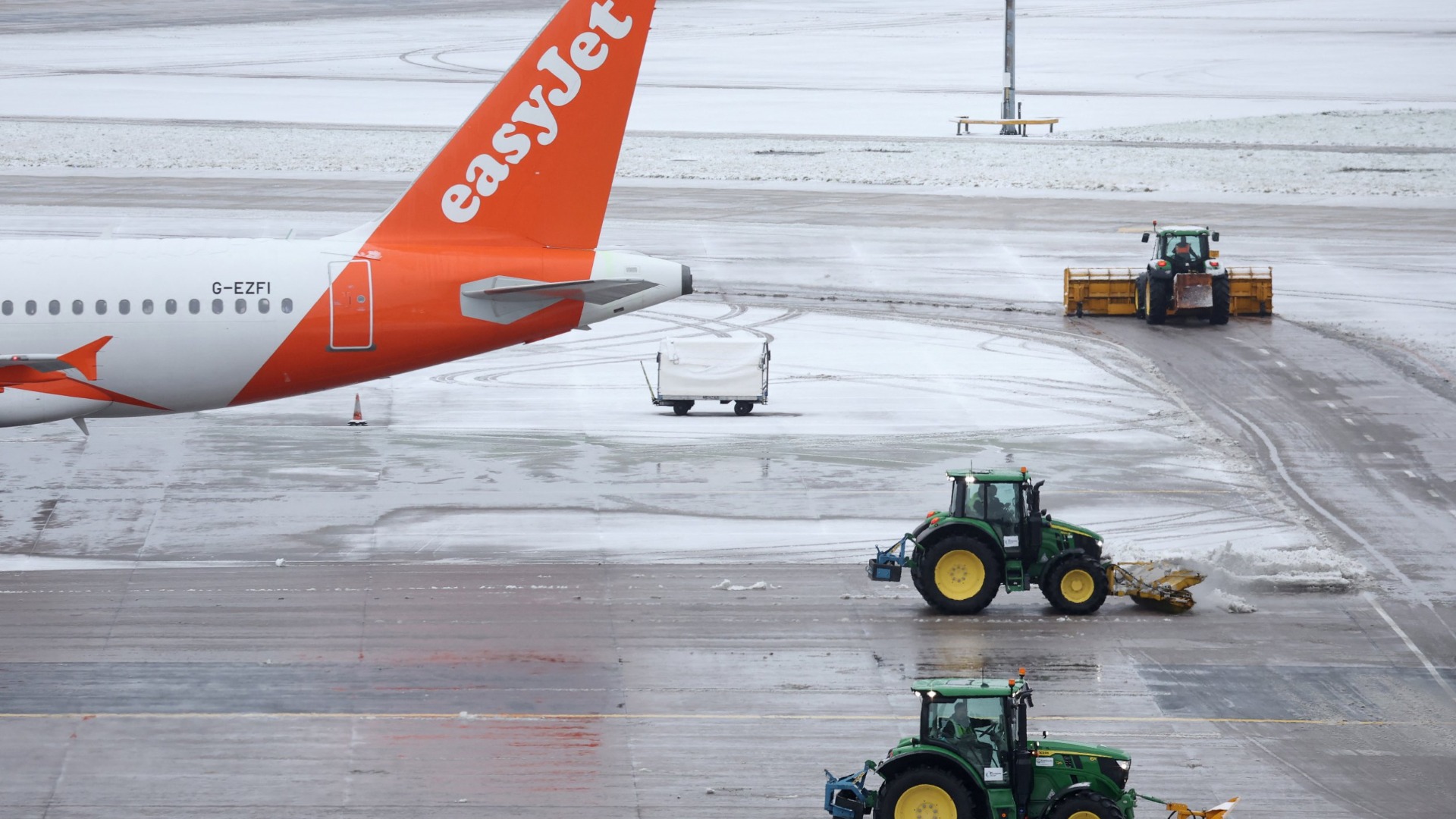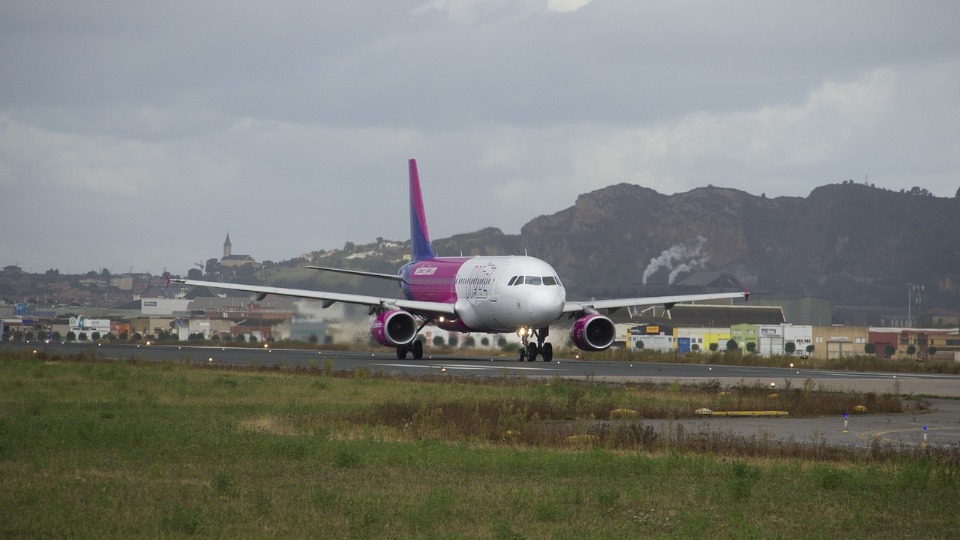
Unveiling the Secrets Behind Varied Airport Resilience, From Finland to Germany

Helsinki Airport swiftly removes snow from its runway in a mere 11 minutes. Why can't the UK and Germany consistently achieve the same efficiency?
This week, Munich Airport faced a standstill due to heavy snowfall and freezing rain, rendering safe flight operations impossible.
Travelers expressed their frustration on social media over delays and cancellations. A user on X (formerly Twitter) recommended that the German airport seek guidance from Helsinki in Finland.
“Please talk to the airport in Helsinki. Much more snow and much more difficult weather conditions. They can clean a runway full of snow in 11 minutes. It is really time to level up,” users posted on social media.
So, why do some airports excel in snow management while others struggle?
According to Munich Airport, the weather conditions are incomparable. Freezing temperatures, as experienced in Germany, result in wet snow that transforms into slush and ice, posing a more challenging clearance task than dry ice.
In Nordic countries like Finland, consistently lower winter temperatures ranging from minus 2-4°C yield drier and firmer snow, easily removed through sweeping or blowing.
Winter weather presents various challenges to air travel, from runway skidding to low visibility caused by ice and snowfall.
Freezing rain, as witnessed in Munich, poses a significant challenge. Supercooled water freezes upon contact with surfaces like runways and airplanes, creating hazardous ice buildup.
De-icing becomes crucial in these conditions to ensure safe take-off and landing, as rapid ice accumulation can pose risks to aircraft, ground equipment, and airport infrastructure.
Moist snow adhering to surfaces complicates ground handling operations, leading to delays in luggage loading and unloading.
Managing snow buildup is a time-sensitive race. During ongoing snowfall, airports must clear ice within a 15-minute window to prevent further buildup. Failure to do so results in reduced aircraft operations, temporary runway closures, and subsequent disruptions to flight schedules.
Delayed arrivals from other destinations compound the challenge, necessitating new departure and entry permits from air traffic control managers, such as Eurocontrol.
Irregular snowfall in some airports, like Munich, exacerbates difficulties, as they lack the experience and equipment to cope with such challenges.
Munich is not alone in European airports struggling with snow. London's Gatwick, Heathrow, and Stansted faced temporary runway closures last December due to winter weather, causing diversions and numerous flight cancellations.
Switzerland's Geneva Airport also witnessed closures due to winter weather, showcasing the global impact of snow-related challenges.
Colder countries, while adept at handling dry snow, face their own problems, including reduced visibility from snowfall and freezing fog, as well as challenges posed by strong crosswinds and icy weather.
Helsinki Airport, facing a winter season from October to March or April, has developed a comprehensive snow management strategy. With a fleet of 200 vehicles and machines and a team of 135 skilled maintenance employees, they clear their three runways in just 11 minutes, employing anti-icing agents and meticulous sweeping patterns.
London Gatwick, with over 350 trained staff, utilizes a variety of snow plows, cutters, and de-icers, and tests its winter weather plans annually through live ops and simulated scenarios.
Predicting winter weather is complex, requiring expert capabilities to calculate snow type and quantity accurately. Helsinki Airport collaborates with organizations like the Finnish Meteorological Institute to gather up-to-date information and enhance preparedness.
Preparing for winter begins immediately after the previous season, with continuous cooperation and dialogue with expert organizations, particularly in challenging weather conditions, emphasizing the importance of safety as the top priority.
Source: euronews.com








